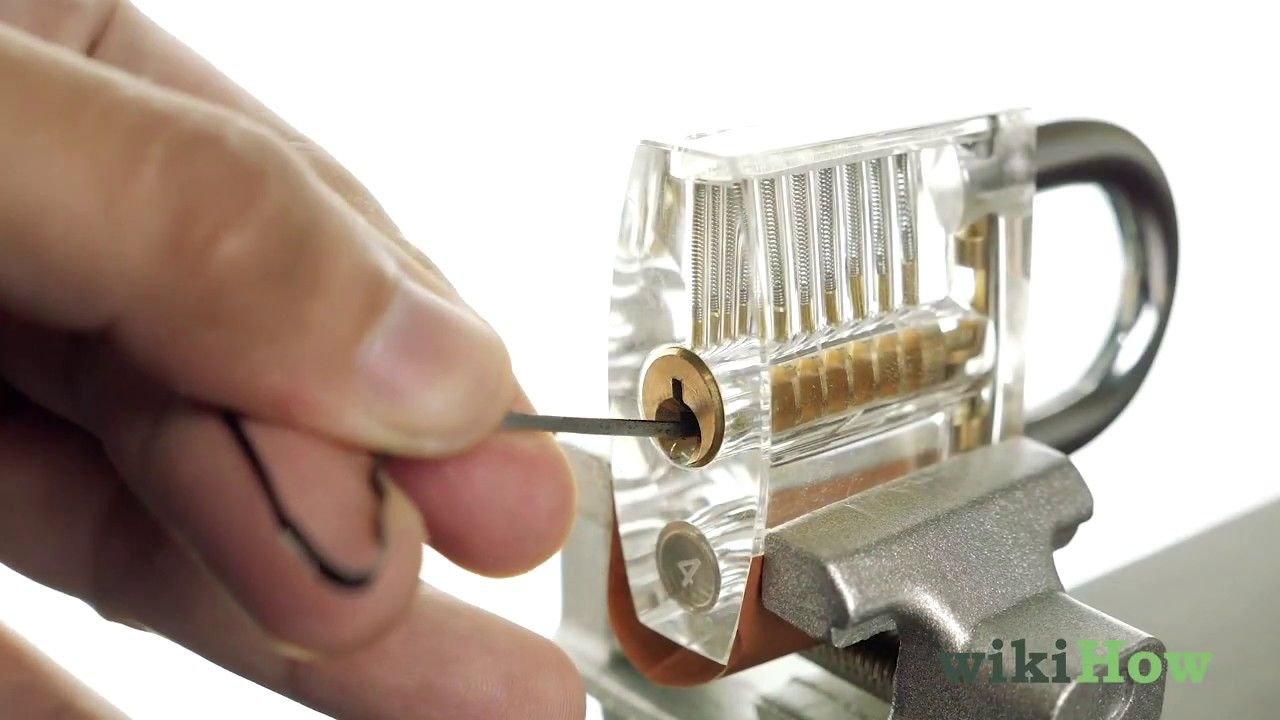How to Pick a Lock with a Bobby Pin
Ever been locked out and wished you had a quick, handy skill to get you back in? Lock picking, often depicted in movies, can be both intriguing and incredibly useful in emergencies. Imagine the relief of knowing you can handle a lockout situation without breaking a sweat. But before we dive into the art of picking a lock with a bobby pin, it's essential to understand the legal and ethical considerations. This guide aims to teach you the basics responsibly, so you can use this skill legally and with integrity. With great power comes great responsibility, so let’s make sure we’re on the right side of the law while learning something fascinating. Ready to unlock this mystery? Let's get started!
Understanding Lock Mechanics
Basic Lock Structure
Most locks you'll encounter are pin tumbler locks. These locks consist of a cylinder that rotates within a housing when the correct key is inserted. The key aligns the pins inside the lock, allowing it to turn and open.
Watch a step by step video right here: Learning to Pick a Lock with Bobby Pins!
Components of a Pin Tumbler Lock
- Pins and Springs: Inside the lock are several pairs of pins (top pins and bottom pins) that are pushed down by springs. When the key is inserted, the pins align at the shear line, allowing the lock to turn.
- Shear Line: This is the critical point where the pins must align for the lock cylinder to rotate. If the pins are not properly aligned at the shear line, the lock will not open.
Tools Needed
Bobby Pin Preparation
- Modify a Bobby Pin: Bend one end of a bobby pin to create a pick. This involves straightening out the bobby pin and then bending a small hook at the end.
- Create a Tension Wrench: Bend another bobby pin into an "L" shape to use as a tension wrench. This will help you apply the necessary tension to the lock cylinder.
Optional Tools
- Paperclips: Can be used similarly to bobby pins if you don't have any on hand.
- Lock Picks: If you have access to actual lock-picking tools, they can be more effective and easier to use.
- Lock Lubricant: Helps make the lock mechanism smoother, making it easier to pick.
Step-by-Step Guide to Picking a Lock with a Bobby Pin
Step 1: Prepare the Bobby Pins
- Straighten the Bobby Pin: Take one bobby pin and straighten it out completely.
- Create a Pick: Bend a small hook at one end of the straightened bobby pin. This will be used to manipulate the pins inside the lock.
- Make a Tension Wrench: Take a second bobby pin and bend it into an "L" shape to use as a tension wrench. This tool will apply the necessary torque to turn the lock cylinder.
Step 2: Insert the Tension Wrench
- Place the Tension Wrench: Insert the shorter end of the "L"-shaped bobby pin into the bottom of the keyhole.
- Apply Pressure: Gently apply pressure in the direction that the lock would turn if you had the key. This tension is crucial for manipulating the pins.
Step 3: Insert the Pick
- Position the Pick: Insert the hooked end of the bobby pin pick into the top of the keyhole above the tension wrench.
- Maneuver the Pick: Feel for the pins by gently moving the pick back and forth inside the lock.
Step 4: Apply Tension
- Consistent Pressure: Maintain steady, consistent pressure on the tension wrench.
- Adjust as Needed: If you feel the pins binding, slightly adjust the pressure to keep it just right.
Step 5: Rake the Pins
- Raking Technique: Use a raking motion by inserting the pick and quickly moving it in and out while maintaining tension.
- Alternative Techniques: Try different motions, such as scrubbing or rocking, to manipulate the pins effectively.
Step 6: Set the Pins
- Feel for the Pins: Use the pick to individually push up each pin until it sets at the shear line.
- Recognize Feedback: Pay attention to subtle clicks or movements that indicate a pin has set properly.
Step 7: Turn the Lock
- Turn the Cylinder: Once all pins are set, gently turn the tension wrench to rotate the lock cylinder.
- Open the Lock: If the lock doesn’t turn, release tension, reset the pins, and try again. Persistence and practice are key.

Common Mistakes and Troubleshooting
Applying Too Much Pressure
- Signs: Difficulty inserting the pick or pins not moving.
- Correction: Reduce tension slightly and try again.
Not Feeling the Pins
- Understanding Feedback: Learn to sense the subtle clicks or resistance.
- Tips: Practice gently manipulating the pins to improve tactile feedback.
Lock Not Turning
- Reasons: Pins not set correctly or too much tension applied.
- Steps: Release tension, reset the pins, and carefully reapply tension while picking.
Conclusion
Learning how to pick a lock with a bobby pin can be a useful and intriguing skill, especially in emergency situations. By understanding lock mechanics, preparing your tools, and following the step-by-step guide, you can successfully navigate the process. Remember, practice makes perfect, and the more you hone your skills, the better you’ll become at feeling and setting the pins. However, always use this knowledge responsibly and legally—only pick locks that belong to you or when you have explicit permission. Stay ethical, practice safely, and enjoy the sense of accomplishment that comes with mastering this unique skill.
Call Us Any Time!






